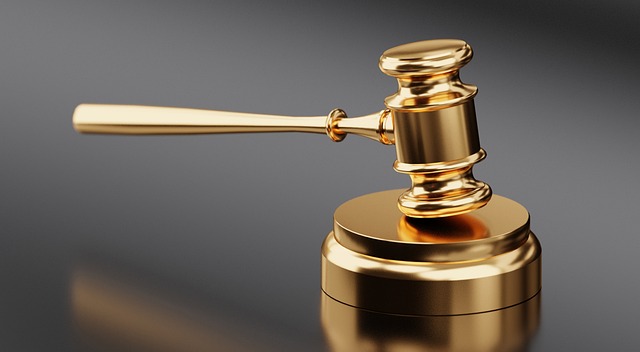In the fast-paced world of today, car accidents unfortunately continue to be a frequent and common occurrence. To reduce the risk of injuries and fatalities, safety measures like seatbelts have proven to be essential. In this article, we will explore how seatbelt usage affects injury claims after accidents. By understanding the impact of safety restraints on the severity of injuries, individuals involved in accidents can navigate the process effectively and seek fair compensation.
The Importance of Wearing Seatbelts
The following are some of the many reasons why wearing a seatbelt is absolutely essential for both drivers and passengers:
1. Minimizing Injury Severity:
Seatbelts serve as barriers for both drivers and passengers during crashes. According to the National Highway Traffic Safety Administration, wearing a seatbelt reduces the likelihood of fatality by over 50% in car accidents. Furthermore, research by the American College of Surgeons indicates that using seatbelts significantly decreases the risk of injuries such as head trauma, spinal cord damage, and fractures. You can easily search online for “back injury attorney near me” to find potential assistance and guidance for pursuing legal recourse.
2. Compliance with Legal Requirements:
In addition to their safety benefits, adhering to seatbelt laws is crucial in avoiding complications following an accident. In many jurisdictions, not wearing seatbelts can lead to drivers facing fines or penalties. If employers fail to enforce proper usage, they could be held accountable for restraint violations.
3. Impact on Compensation due to Negligence:
When individuals file personal injury claims after an accident, the concept of negligence becomes crucial in determining liability and the amount of compensation. If a person who got injured was not using a seatbelt at the time of the incident, this fact might be used against them during legal proceedings (“Bridges v Elder”). However, it’s important to note that this doesn’t absolve parties involved in causing or contributing to the accident.
4. Laws regarding Comparative Negligence:
Several states adhere to laws on comparative negligence when assessing liability in injury cases where seatbelts were not used. These laws consider the level of fault on both sides, including injured claimants who did not use their seatbelts and the driver of the other vehicle. Depending on the state’s regulations, claimants who weren’t wearing their seatbelts but suffered injuries may still be eligible for compensation. However, the awarded damages might be reduced based on their degree of negligence.
5. Importance of Seeking Legal Advice:
When it comes to injury claims and seatbelt usage, it is crucial to seek expert guidance. Navigating the process effectively requires the assistance of personal injury attorneys who have knowledge of automobile accident cases. These professionals can carefully assess the details of each situation and build a strong case on behalf of their clients. This includes analyzing factors such as seatbelts, comparative negligence laws, and other contributing elements that are relevant to the accident.
6: Gathering Comprehensive Medical Evidence:
In order to support an injury claim, it is essential to gather evidence. Apart from establishing how seatbelt usage (or lack thereof) may have impacted the severity of injuries sustained, claimants should also acquire records that document their injuries and the treatments they received as a result of the accident.
7: The Importance of Witness Testimonies:
Witness testimonies play a role in validating personal injury claims when seatbelt non-usage is involved in accidents. It is important for claimants to obtain statements from individuals who were present at or near the scene of the incident. Such testimonies can provide insights into determining liability.
Conclusion:
There is no doubt that seatbelts are safety tools that help reduce injuries and save lives during traffic accidents. Not wearing seatbelts can have consequences on personal injury claims following an accident, but it doesn’t relieve parties from their responsibilities for causing the accidents (“Anothony Leeker v Mildred Lewis Estate”). It is highly advisable to consult experienced personal injury attorneys to understand the laws in your jurisdiction and increase your chances of receiving compensation after an accident.
By emphasizing the importance of using seatbelts as a safety measure and highlighting how they affect injury claims, individuals can make informed choices that prioritize their safety and well-being on the road. Remember, wearing a seatbelt not only provides protection but also strengthens your position in potential injury claims.




